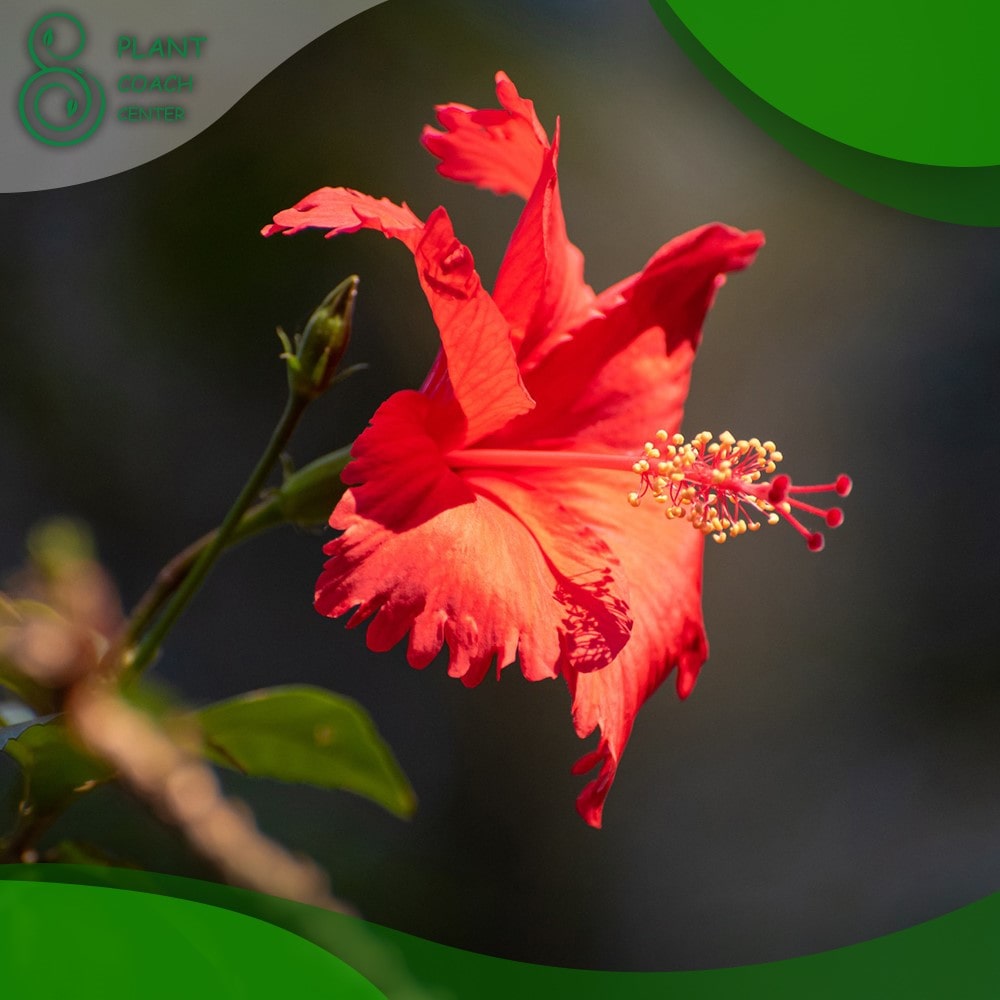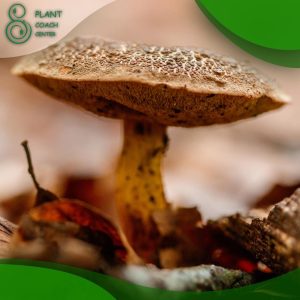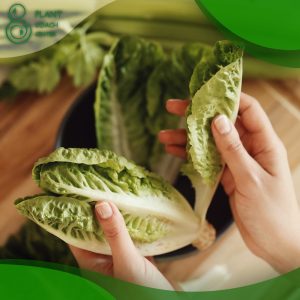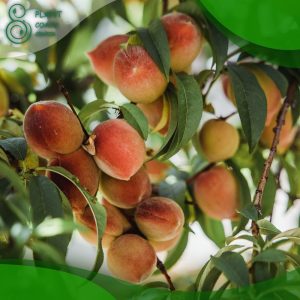How Big Do Hibiscus Get? A Comprehensive Guide to Growing and Caring for These Tropical Beauties
Hibiscus plants are known for their large, showy flowers and lush foliage, making them a popular choice for gardens and landscapes. In this comprehensive guide, we’ll explore the factors that determine how big hibiscus plants can get, and provide expert advice on how to choose, plant, and care for them. Let’s dive in!
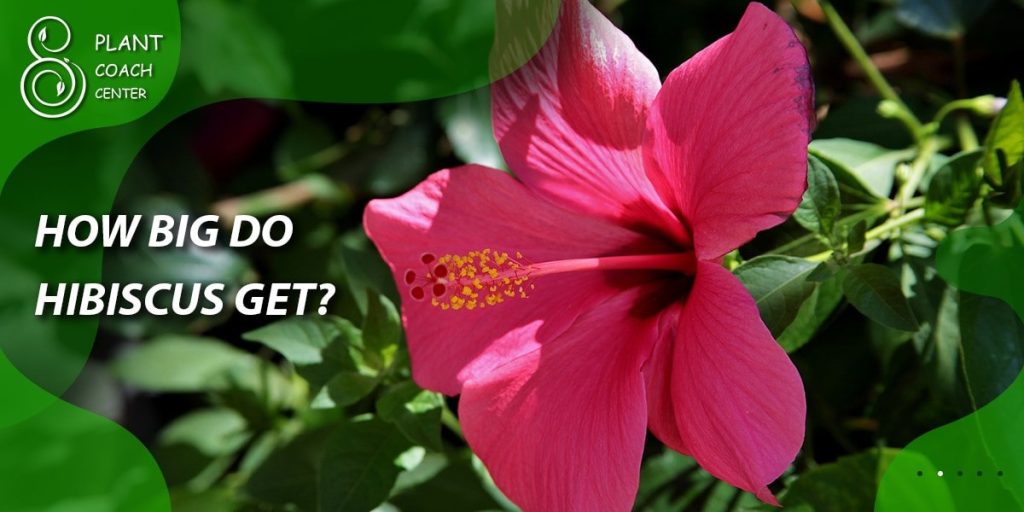
How Big Do Hibiscus Get?
Factors Influencing Hibiscus Growth
The size of a hibiscus plant depends on various factors, such as the specific variety, growing conditions, and maintenance practices. Some hibiscus plants can reach up to 15 feet in height, while others remain relatively small at 2-4 feet. By understanding these factors and selecting the appropriate hibiscus variety for your needs, you can enjoy these stunning plants in any space.
Types of Hibiscus and Their Sizes
There are hundreds of hibiscus species, but they can be broadly categorized into two main types: tropical and hardy hibiscus. Tropical hibiscus (Hibiscus rosa-sinensis) can reach heights of 6-12 feet with a similar spread, while hardy hibiscus (Hibiscus moscheutos) are generally smaller, growing 3-7 feet tall and 2-4 feet wide. The size of your hibiscus plant will largely depend on the specific variety you choose.
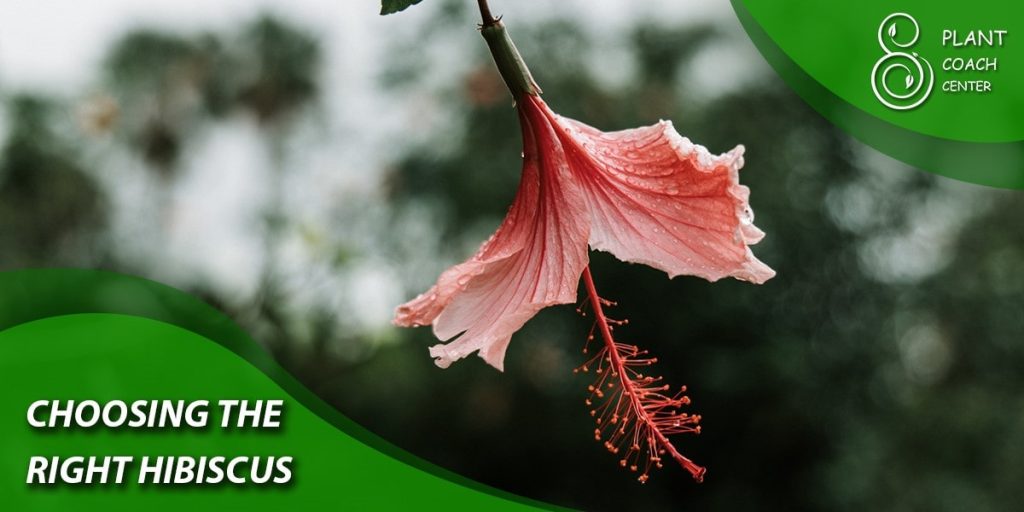
Choosing the Right Hibiscus for Your Garden
Tropical vs. Hardy Hibiscus
As their names suggest, tropical hibiscus thrives in warm, humid environments, while hardy hibiscus can tolerate colder temperatures. Tropical hibiscus are evergreen and typically have glossy leaves and vibrant flowers, while hardy hibiscus are deciduous and display a wide range of flower colors. Consider your climate and desired plant characteristics when deciding which type of hibiscus is right for you.
Popular Hibiscus Varieties and Their Sizes
Here are a few popular hibiscus varieties to help you decide which one may be the best fit for your garden:
1. Hibiscus rosa-sinensis ‘President’: A tropical variety, reaching 6-8 feet in height and 3-4 feet in width.
2. Hibiscus moscheutos ‘Luna Red’: A hardy variety, growing 2-3 feet tall and wide.
3. Hibiscus syriacus ‘Aphrodite’: A hardy variety, reaching 8-10 feet in height and 6-8 feet in width.
Planting and Caring for Hibiscus
Soil Requirements
Hibiscus plants prefer well-draining, fertile soil with a slightly acidic pH between 6.0 and 6.5. To improve soil drainage and aeration, incorporate organic matter such as compost or well-rotted manure before planting.
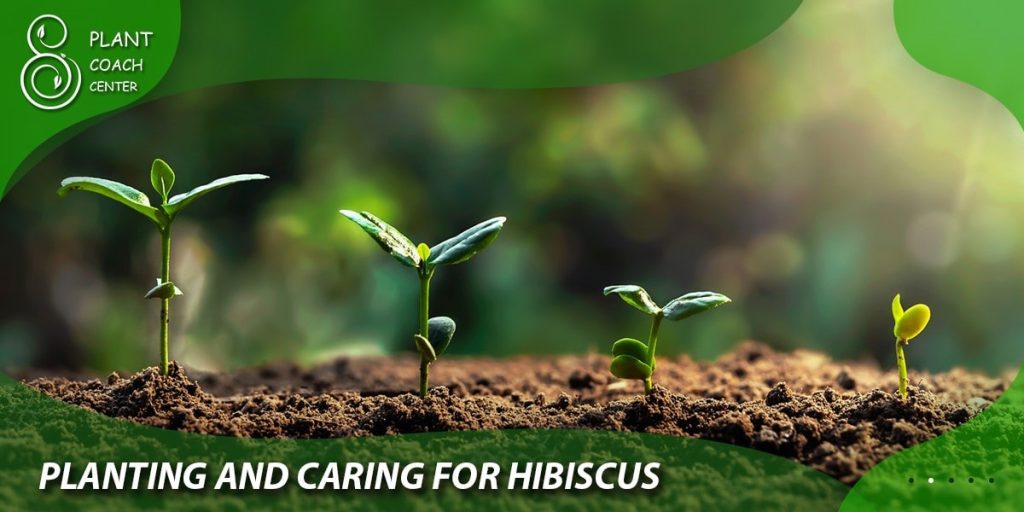
Light and Temperature
Hibiscus plants require full sun, so choose a location that receives at least 6 hours of direct sunlight daily. Hardy hibiscus can tolerate colder temperatures, but tropical hibiscus should be brought indoors or protected during winter in cooler climates.
Watering and Fertilization
Hibiscus plants need consistent moisture, so water them regularly to keep the soil evenly moist, but not waterlogged. A slow-release, balanced fertilizer can be applied during the growing season to encourage lush foliage and abundant blooms.
Pruning and Maintenance
Pruning hibiscus encourages bushy growth and more blooms. Remove dead or damaged branches, and lightly trim the plant to maintain its desired shape and size. In early spring, cut back hardy hibiscus to promote new growth and flower production.
Hibiscus Propagation Methods
Cuttings
For a quick and reliable way to propagate hibiscus, take softwood cuttings in late spring or early summer. Use a sharp, sterile knife to cut 4-6 inch long sections, and remove the lower leaves. Root the cuttings in a well-draining potting mix, and keep them in a warm, humid environment until new growth appears.
Seeds
Hibiscus seeds can be collected from mature seed pods after the flowers have faded. Soak the seeds in warm water for 24 hours, then plant them in a well-draining potting mix. Keep the soil moist and warm until the seedlings emerge.
Division
Hardy hibiscus can be propagated through division in spring or fall. Carefully dig up the plant, and use a sharp, sterile knife to cut the root ball into sections, ensuring each division has a healthy root system and some foliage. Replant the divisions in well-prepared soil, and water them well.
Common Hibiscus Pests and Diseases
Aphids
These tiny, sap-sucking insects can cause distorted, yellowed leaves and may transmit diseases. Control aphids with insecticidal soap, and neem oil, or by introducing beneficial insects like ladybugs.
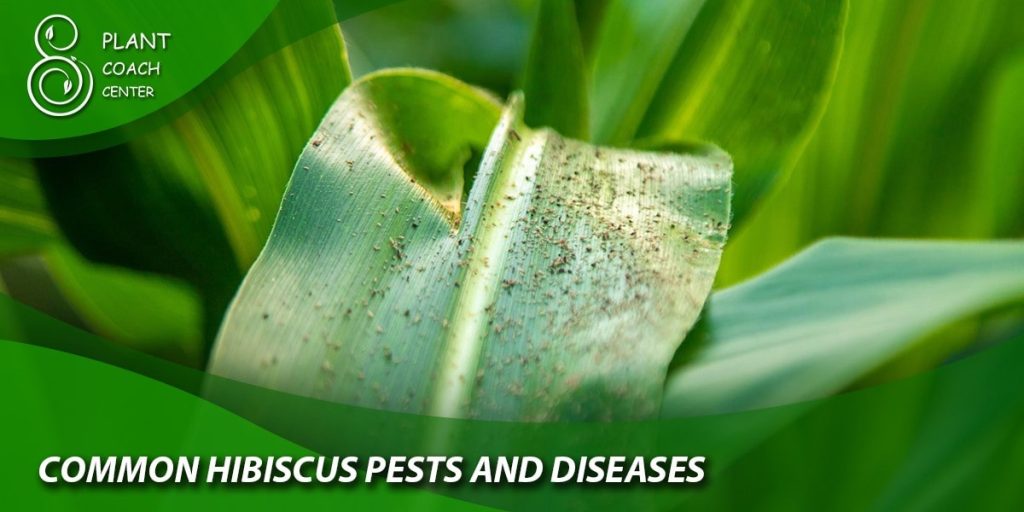
Whiteflies
Whiteflies are small, white insects that can cause discoloration, wilting, and stunting of hibiscus plants. To manage whiteflies, use yellow sticky traps, insecticidal soap, or encourage natural predators like lacewings and ladybugs.
Spider Mites
These tiny arachnids can cause stippling and yellowing of leaves, and may eventually lead to leaf drop. Control spider mites with regular sprays of water, insecticidal soap, or horticultural oil.
Fungal Diseases
Hibiscus plants are prone to fungal diseases like rust and leaf spots, which can cause discolored, damaged leaves. Prevent and treat these diseases by maintaining proper air circulation, avoiding overhead watering, and applying a fungicide if needed.
Landscaping Ideas with Hibiscus
Container Gardening
Both tropical and hardy hibiscus can be grown in containers, making them perfect for small spaces or balconies. Choose a large, well-draining pot, and ensure the plant receives adequate sunlight and water.
Garden Borders
Plant hibiscus along garden borders to create a stunning backdrop for other plants, or use them to define the edges of pathways and garden beds.
Mixed Plantings
Combine hibiscus with other flowering plants and foliage to create a diverse, visually appealing landscape. Pair them with plants that have similar light, water, and soil requirements for a harmonious display.
Benefits of Growing Hibiscus
Ornamental Value
Hibiscus plants are prized for their large, showy flowers and lush foliage, making them a beautiful addition to any landscape.
Attracting Pollinators
Hibiscus flowers are a magnet for pollinators like bees, butterflies, and hummingbirds, helping to support a healthy garden ecosystem.
Medicinal Uses
Hibiscus flowers have been used for centuries in traditional medicine for their potential health benefits, such as lowering blood pressure and supporting digestive health.
Conclusion
Growing hibiscus plants can be a rewarding and visually stunning endeavor, providing your garden with a burst of color and tropical charm. Understanding the factors that affect their size, as well as the proper care and maintenance practices, will ensure that your hibiscus plants thrive and produce an abundance of blooms.
How big do hibiscus get?
The size of a hibiscus plant depends on the specific variety and growing conditions, but they can range from 2-15 feet in height.
How much sun do hibiscus plants need?
Hibiscus plants require at least 6 hours of direct sunlight daily.
Are hibiscus plants deer-resistant?
While hibiscus may not be a top choice for deer, they are not considered deer-resistant and may still be browsed by these animals.
How often should I water hibiscus plants?
Water hibiscus plants regularly to keep the soil evenly moist, but avoid over-watering as this can lead to root rot.
Can hibiscus be grown indoors?
Tropical hibiscus can be grown indoors in a bright, sunny location, or brought indoors during the winter months in cooler climates.


